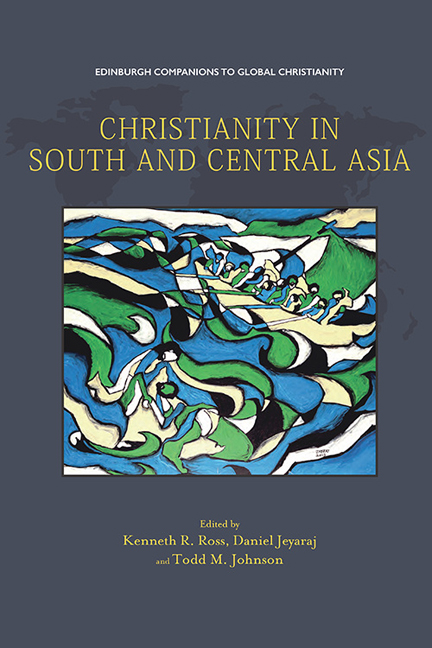Methodology and Sources of Christian and Religious Affiliation
Published online by Cambridge University Press: 30 April 2020
Summary
Unless otherwise designated, the demographic figures in this book, both in the full-colour section and in the tables throughout, are from the World Christian Database (Boston, MA: Brill). This essay offers a concise explanation of methods and sources related to the database. It is adapted from longer treatments in Todd M. Johnson and Brian J. Grim, The World's Religions in Figures: An Introduction to International Religious Demography (Oxford: Wiley-Blackwell, 2013) and David B. Barrett and Todd M. Johnson, World Christian Trends (Pasadena, CA: William Carey Library, 2001). The World Christian Database (WCD) includes detailed information on 45,000 Christian denominations and on religions in every country of the world. Extensive data are available on 234 countries and 13,000 ethno-linguistic peoples, as well as on 5,000 cities and 3,000 provinces. Information is readily available on religious activities, growth rates, religious literature, worker activity and demographics. Sources are evaluated and reviewed on a weekly basis by a professional staff dedicated to expanding and updating the WCD, and the database is updated quarterly.
The Right to Profess One's Choice
The starting point of this methodology is the United Nations 1948 Universal Declaration of Human Rights, article 18:
Everyone has the right to freedom of thought, conscience and religion; this right includes freedom to change his religion or belief, and freedom, either alone or in community with others and in public or private, to manifest his religion or belief in teaching, practice, worship and observance.
Since its promulgation, this group of phrases has been incorporated into the state constitutions of a large number of countries across the world. This fundamental right also includes the right to claim the religion of one's choice, and the right to be called a follower of that religion and to be enumerated as such. The section on religious freedom in the constitutions of very many nations uses the exact words of the Universal Declaration, and many countries instruct their census personnel to observe this principle. Public declaration must therefore be taken seriously when endeavouring to survey the extent of religious and non-religious affiliation around the world.
- Type
- Chapter
- Information
- Christianity in South and Central Asia , pp. 452 - 468Publisher: Edinburgh University PressPrint publication year: 2019



